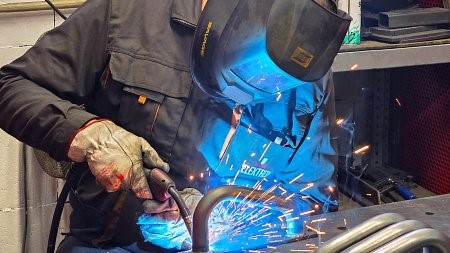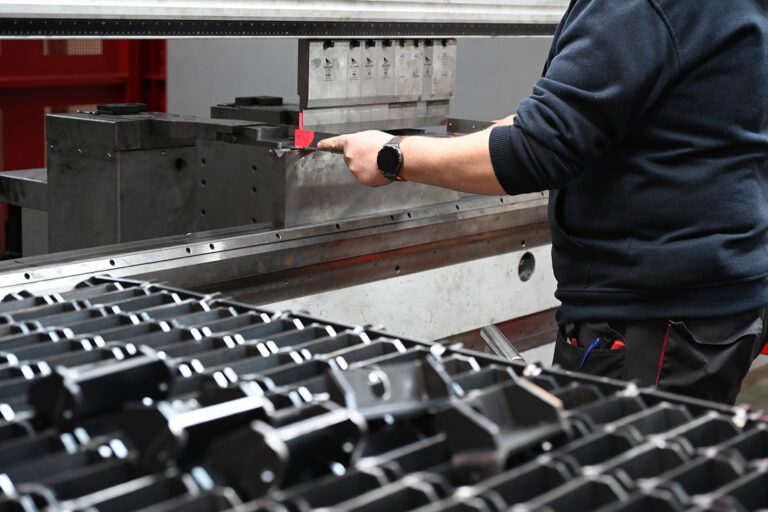As urban populations continue to grow and the demand for efficient transportation solutions increases, the importance of sustainable and reliable commuting options has never been greater. Metal components play a crucial role in the infrastructure and vehicles that enable millions of people to commute daily. From public transport systems to personal mobility solutions, the durability and sustainability of metal materials contribute significantly to enhancing the commuting experience.
The Importance of Metal Components in Public Transportation
Public transportation systems, such as buses, trains, and trams, rely heavily on metal components to ensure safety, longevity, and operational efficiency. Some key elements include:
- Structural Frames: The skeleton of public transport vehicles is primarily made of high-strength steel and aluminium, providing durability and crash resistance.
- Rail Tracks and Infrastructure: Steel rail tracks and supporting structures must endure constant wear and environmental exposure, making high-quality metal components essential.
- Seating and Interiors: Metal components are used in seats, grab rails, and support structures to provide strength and longevity.
Enhancing Sustainability Through Metal Innovation
Sustainability is a key focus in modern commuting, and metal components are at the forefront of this transformation. Several advancements have contributed to making transportation systems more environmentally friendly, including:
- Lightweight Materials: The development of lightweight metal alloys, such as aluminium and advanced composites, reduces fuel consumption and lowers carbon emissions.
- Recyclability: Metals like steel and aluminium can be recycled multiple times without losing their properties, supporting circular economy principles.
- Corrosion Resistance: Advanced coatings and treatments extend the lifespan of metal components, reducing the need for replacements and minimising waste.
By incorporating sustainable metal solutions, transportation providers can reduce their environmental impact while maintaining high performance.
The Role of Metal Components in Micromobility
The rise of micromobility solutions, such as electric scooters and bicycles, has introduced a new dimension to urban commuting. Metal components play a critical role in these vehicles, offering:
- Structural Integrity: Frames made from lightweight yet strong materials ensure rider safety and longevity of the vehicle.
- Energy Efficiency: Efficient metal designs contribute to improved battery life and reduced energy consumption.
- Compact and Modular Designs: Metal’s versatility allows for the creation of foldable and easily transportable mobility solutions.
Future Trends in Metal Fabrication for Commuting
As cities invest in smarter transportation solutions, the metal fabrication industry is evolving to meet new demands. Some emerging trends include:
- 3D Printing of Metal Components: Allowing for customised, on-demand production of transport parts.
- Integration of Smart Technologies: Metal components embedded with sensors to monitor wear and tear in real time.
- Eco-Friendly Coatings: The development of coatings that further reduce environmental impact and enhance durability.

Conclusion
Metal components are the backbone of sustainable transportation, supporting the evolution of public transport, micromobility, and smart city initiatives. By investing in high-quality metal components, transportation providers can ensure a greener and more efficient commuting future for everyone.
For more information, visit webelektron.com.


